9 Tips for Creative Container Gardening
Anyone can have room to grow with some inventive garden planning. Lay the groundwork for your own personal Eden by planting a vibrant, luscious landscape in pots and boxes. Container gardening is ideal for urban spaces and renters, and the right potted plants can elevate any backyard patio or pond.
1. Plant Thrillers, Fillers, and Spillers
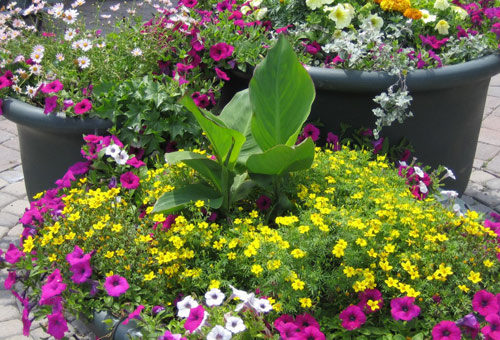
For a dramatic display of blooms and foliage that guides the eye, follow the foolproof method of thriller, filler, and spiller. The thriller is the centerpiece, a tall plant like spikes or grasses, placed in the center or back of the container. The filler is one or more types of medium-height flora planted around it. And the spiller is an ivy or vine that will drape over the front like a waterfall of greenery.
Thrillers: Salvia, Asters, Canna lily
Fillers: Begonias, Geraniums, Coleus
Spillers: Alyssum, Nasturtium, Sweet potato vine
2. Let Your Succulents Soak Up the Sun
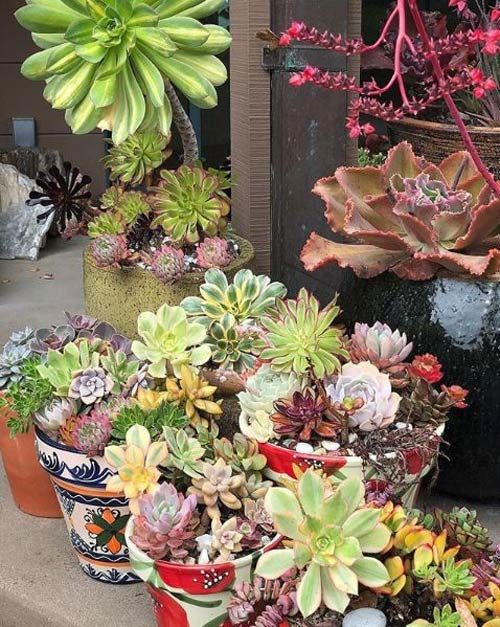
The desert plants that have fallen into favor in recent years love sunlight and occasional watering. When you do water your agaves and echeverias, though, drench them well. Most succulents thrive in terra cotta pots (with drainage holes) in soil that has plenty of sand and gravel mixed in. Put them in a spot with at least six hours of sun each day to see some kaleidoscopic blooms.
3. Put Together a Shade-Loving Planter
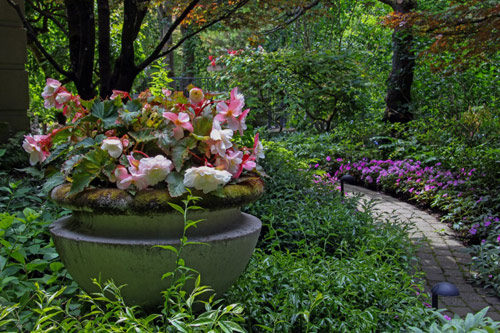
Maybe you aren’t blessed with a bright, sunny yard or balcony. That doesn’t mean you have to forego the flora. Fill a few pots with hostas, coleus, caladium, begonias, and heucherella for a cool and elegant focal point under an old oak.
4. Make a Vertical Herb Garden
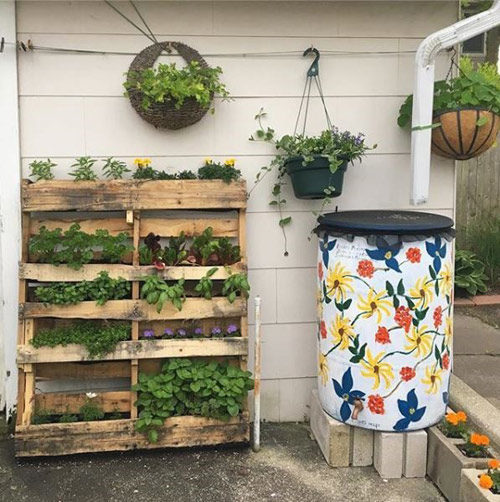
An old wood pallet becomes a rustic vertical planter after stapling some landscaping fabric to the inside to create beds for your basil, rosemary, and mint. This is an excellent space-saver, but beware of using found pallets for your crafting needs, since you can’t be certain of where they’ve been. Check here for ways to properly clean salvaged material.
5. Go Big
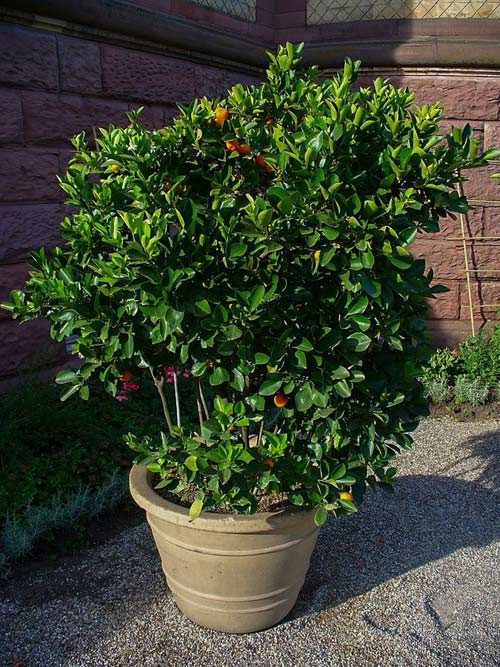
Who said flower pots were only for annuals? Try a citrus tree or rhododendron in a large container for the illusion of a permanent garden installment. Look for dwarf varieties of shrubs like hydrangeas, lilacs, and roses to have a garden favorite you can take with you when you move.
6. Go Bog
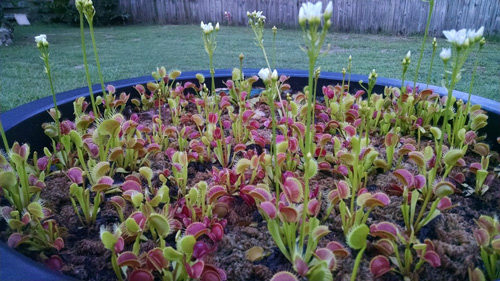
The always-wet peat and sand mixture of a homemade bog attracts frogs, bees, and dragonflies to your miniature swamp. Ferns, irises, lilies, and some grasses grow well in bogs, but the main event is often carnivorous plants. Venus fly traps, sundews, and pitcher plants trap and consume bugs, making for a fun educational experience and some natural pest control.
7. Display Your Veggies
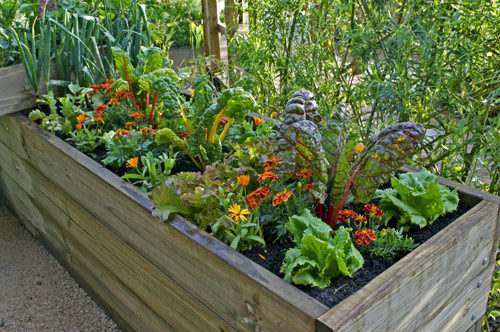
Many vegetable gardeners are all about raised beds. They’re easy to build, accessible, and allow for more control of the soil composition. Even if you’re not keen on a construction project, you can still grow your own food by incorporating edibles into your potted arrangements. Colorful chard, kale, lettuces, and cabbage fit right in with flowers, and — while you’re at it — cultivate some tasty blooms like nasturtium, sage, and borage flowers.
8. Practice Patience with a Bonsai
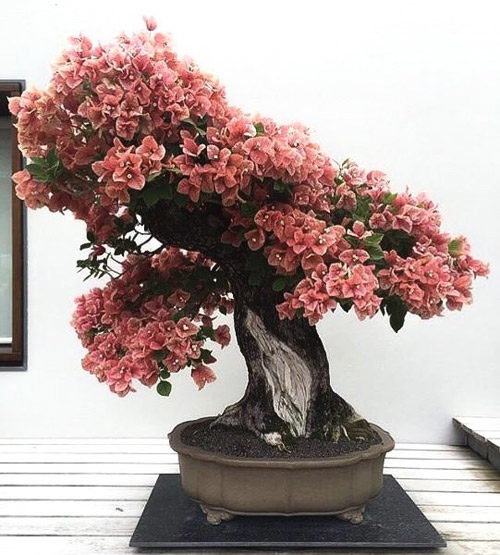
The Japanese art of growing trees in trays is involved and tedious, but for skilled gardeners a tabletop juniper or cherry blossom tree is the ultimate conversation piece. Virtually any arboreal specimen can be rooted and pruned into a bonsai tree, but many large garden stores carry favorite varieties like Japanese maple, bougainvillea, and cypress.
9. Repurpose Everyday Items for a Unique Effect
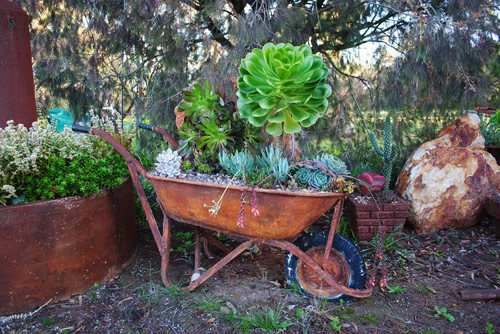
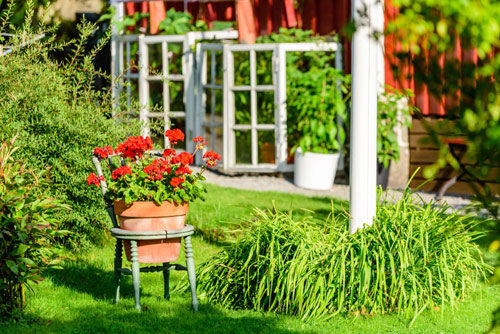
Calling all upcyclers and antique thrifters! Integrate some rustic charm into your garden by making one-of-a-kind planters out of anything that strikes your fancy: wheelbarrows, boots, bathtubs, and anything else you can find at a flea market or the family shed (the older the better). Mid-century artifacts add dynamic character to your living landscape.